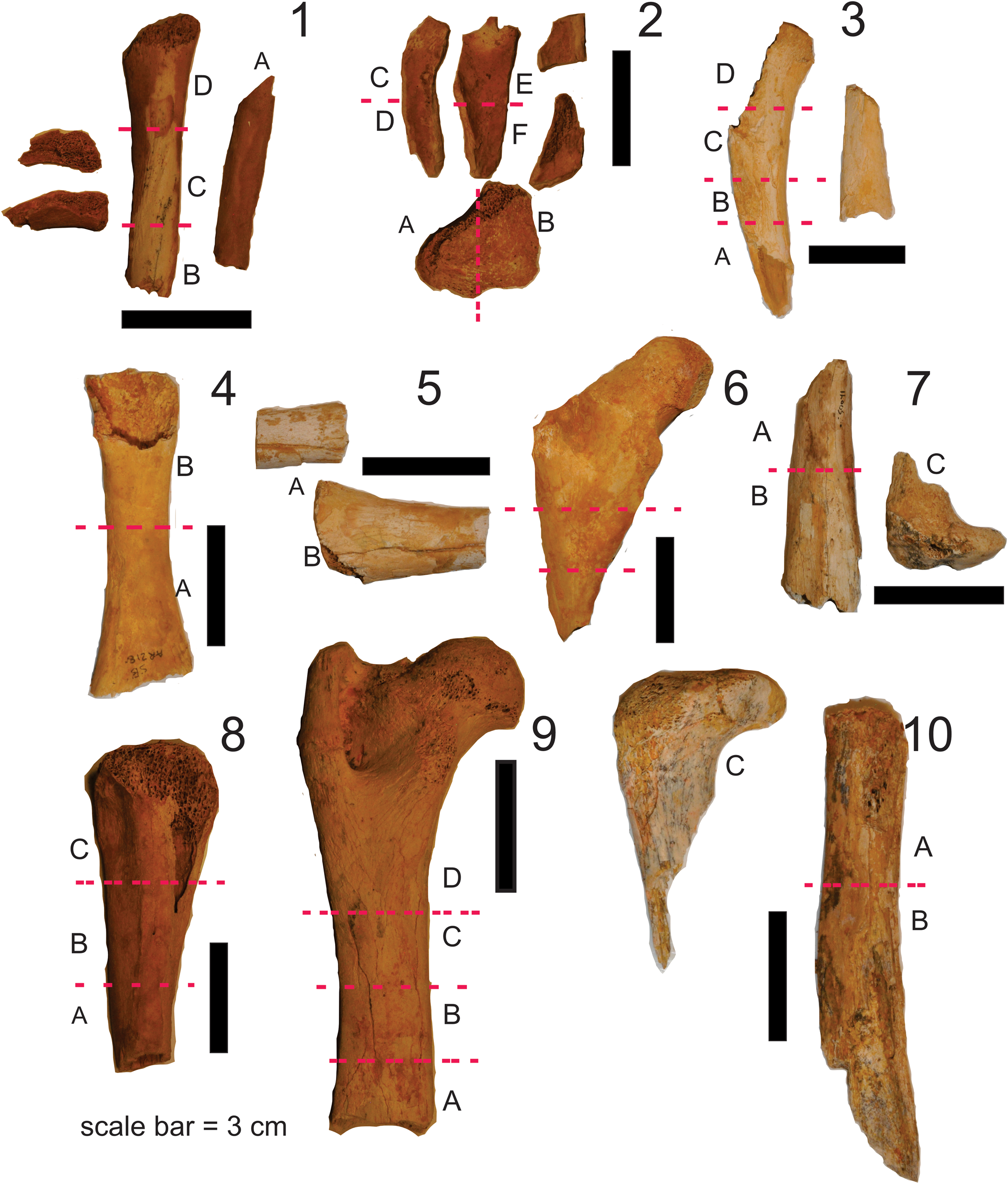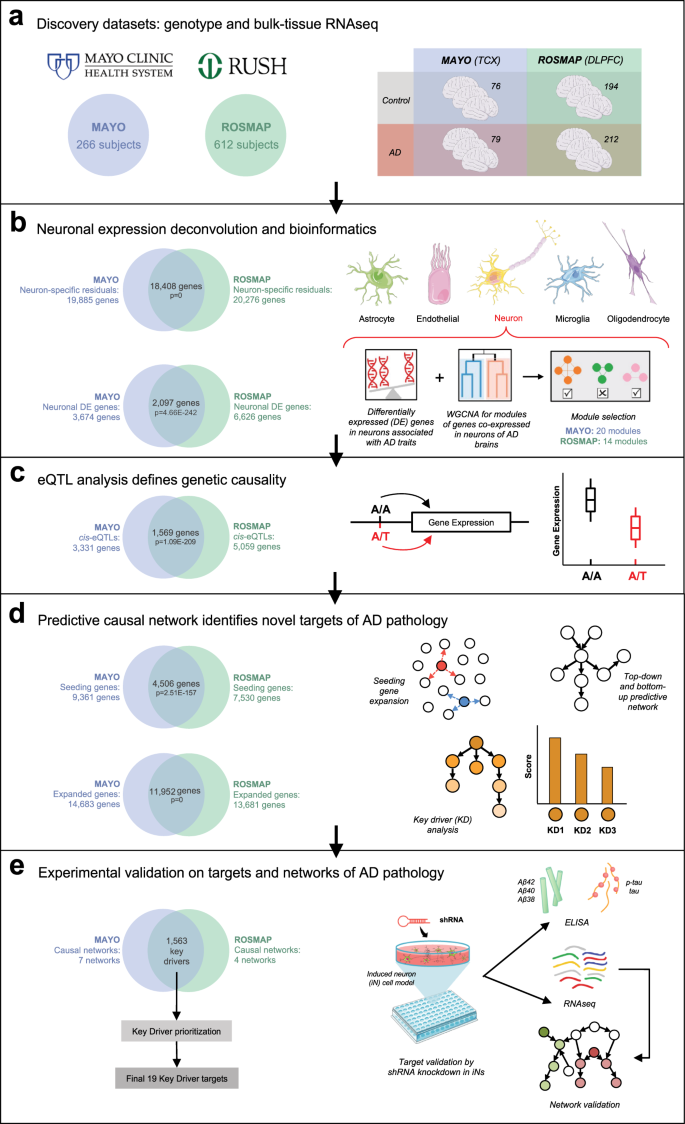2023-05-15 ニューサウスウェールズ大学(UNSW)
◆この有袋類は、周期的に成長を繰り返し、オーストラリアの低地の熱帯雨林に生息していました。今回の研究は、これらの絶滅した動物の生活様式や環境についての洞察を提供し、これまでの仮定を覆すものです。科学者たちは現在、ニンバドンの歯のエナメル質の微細構造を調査し、その食性を明らかにしています。
<関連情報>
- https://newsroom.unsw.edu.au/news/science-tech/how-did-these-giant-prehistoric-australian-%E2%80%98drop-bears%E2%80%99-opposable-thumbs-get-so
- https://www.cambridge.org/core/journals/journal-of-paleontology/article/paleobiological-implications-of-the-bone-histology-of-the-extinct-australian-marsupial-nimbadon-lavarackorum/151781D1EBF6A70A1B74D3690AB2E7DE
絶滅したオーストラリアの有袋類Nimbadon lavarackorumの骨組織学が示す古生物学的意義 Paleobiological implications of the bone histology of the extinct Australian marsupial Nimbadon lavarackorum
Anusuya Chinsamy,Karen H. Black,Suzanne J. Hand and Michael Archer
Journal of Paleontology Published:05 May 2023
DOI:https://doi.org/10.1017/jpa.2023.22

Abstract
Despite the recognition that bone histology provides much information about the life history and biology of extinct animals, osteohistology of extinct marsupials is sorely lacking. We studied the bone histology of the ca. 15-million-year-old Nimbadon lavarackorum from Australia to obtain insight into its biology. The histology of thin sections of five femora and five tibiae of juveniles, subadult, and adult Nimbadon lavarackorum was studied. Growth marks in the bones suggest that N. lavarackorum took at least 7–8 years (and likely longer) to reach skeletal maturity. The predominant bone tissue during early ontogeny is parallel-fibered bone, whereas an even slower rate of bone formation is indicated by the presence of lamellar bone tissue in the periosteal parts of the compacta in older individuals. Deposition of bone was interrupted periodically by lines of arrested growth or annuli. This cyclical growth strategy indicates that growth in N. lavarackorum was affected by the prevailing environmental conditions and available resources, as well as seasonal physiological factors such as decreasing body temperatures and metabolic rates.


